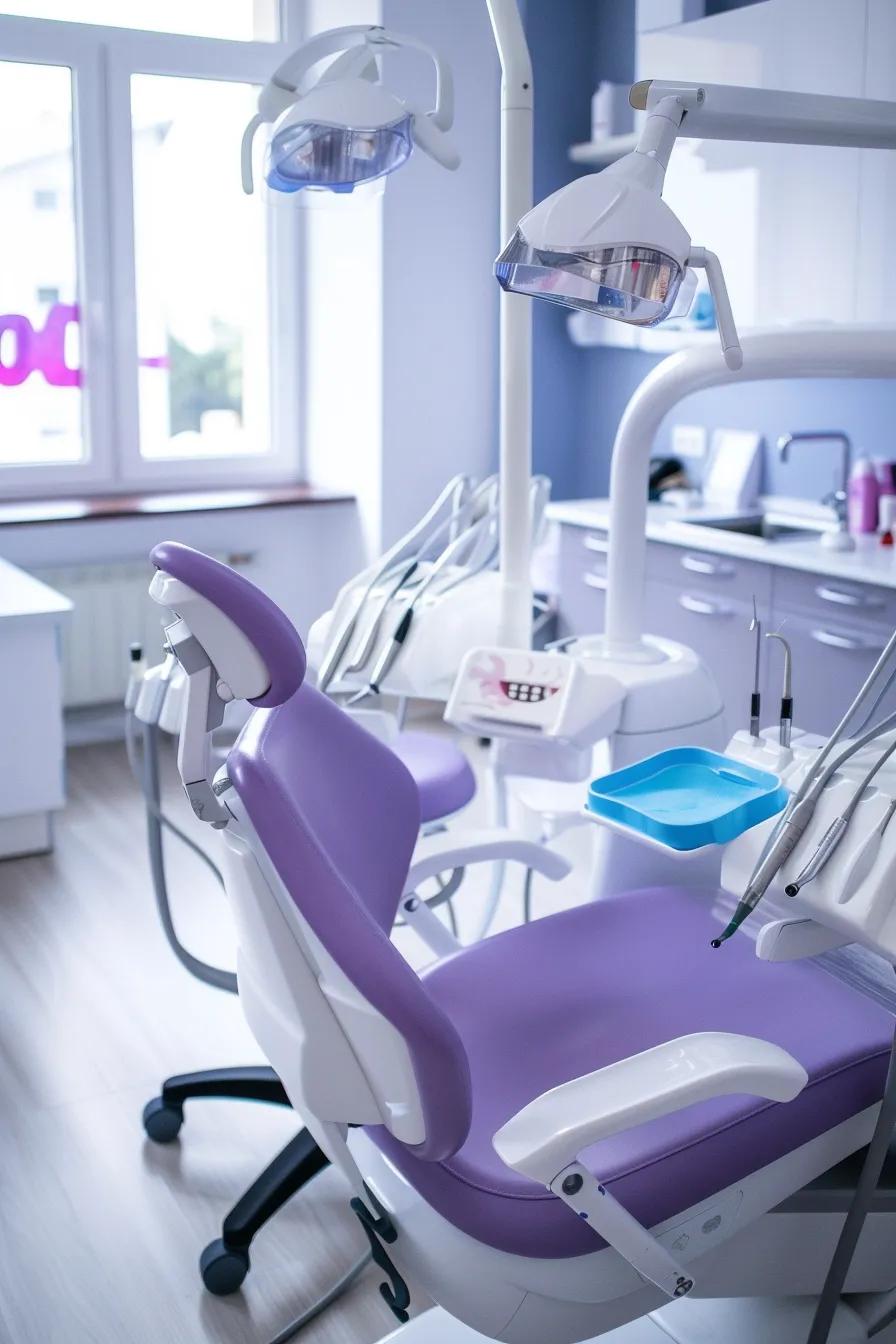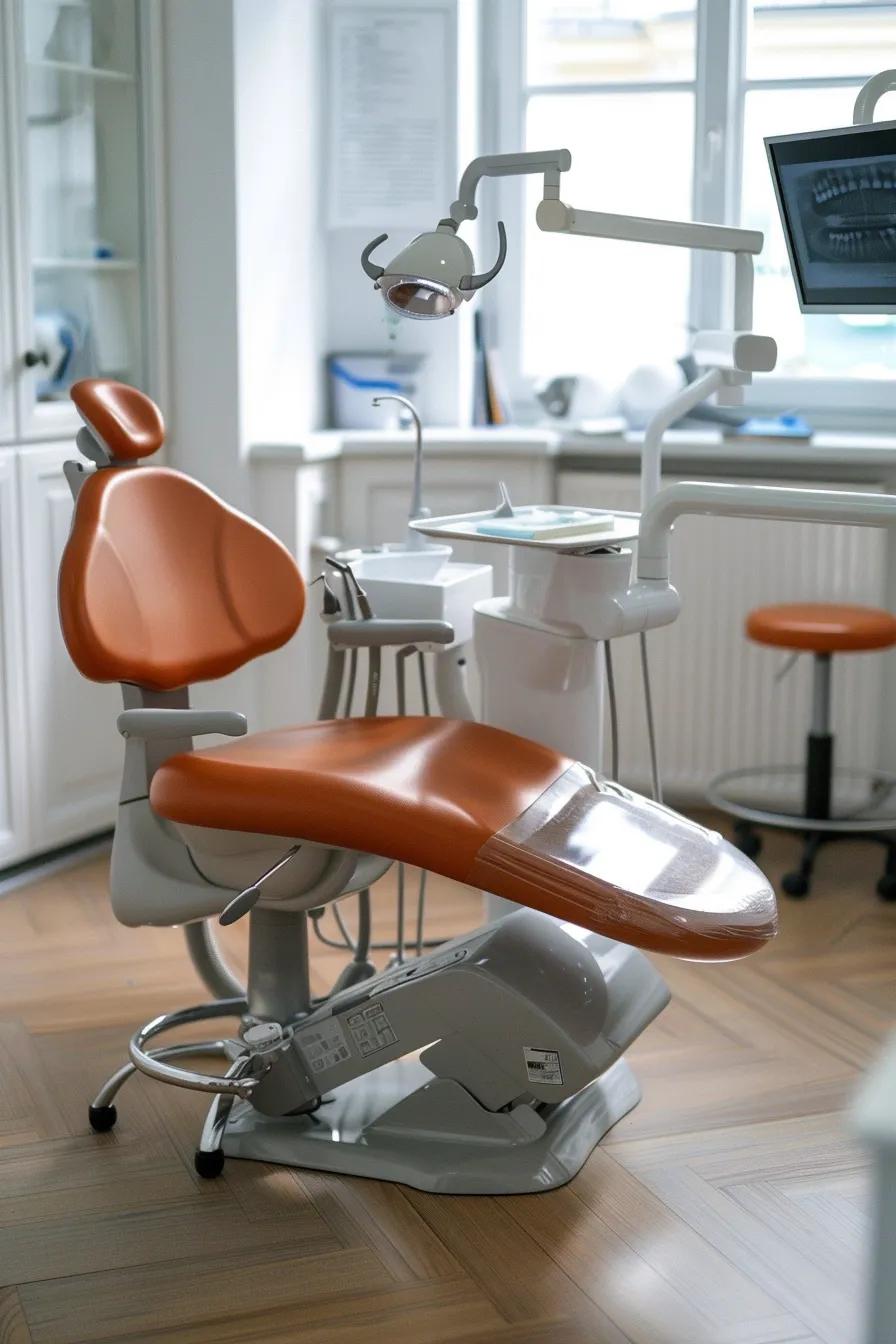Dental Marketing Results Timeline: Realistic Expectations
Dental marketing effectiveness hinges on choosing the right channels, ensuring your practice is ready, and putting in consistent effort to attract new patients. Small healthcare practices, especially dentists here in Australia, often wonder how long it’ll take to see results from their dental marketing efforts. This guide gives you realistic timeframes for SEO, PPC, and content marketing, shows you how to measure your ROI, uncovers operational factors that can speed things up or slow them down, debunks common myths, and reveals quick local SEO wins—all designed to help you set clear expectations and accelerate your growth.
With these key themes laid out, we’ll start by diving into how dental SEO timelines typically play out for Australian practices.
How Long Does Dental SEO Take to Show Results for Australian Dentists?
Dental SEO is all about optimising your practice’s website and Google Business Profile to climb the organic search rankings, bringing in patient inquiries through targeted keywords. By refining your site’s structure, publishing valuable content, and building quality backlinks, SEO gradually boosts your online visibility and supports sustainable growth. Australian dentists can expect to see initial improvements within three to six months, with significant authority and a steady flow of leads emerging around the one-year mark.
Realistic Timelines for Dental SEO Results
Dental practices typically notice initial improvements in their search engine rankings within three to six months of kicking off an SEO strategy. More substantial patient acquisition and sustained growth often become apparent after six to twelve months of consistent effort, with factors like local competition and website authority influencing the exact timeframe.
This research directly supports the article’s stated timelines for dental SEO effectiveness, indicating that patience and consistent effort are key to achieving meaningful gains.
Before we look at month-by-month progress, it’s helpful to outline the typical stages of a dental SEO campaign.
What Is the Typical Dental SEO Results Timeline?
The following table breaks down the common phases of a dental SEO strategy and what you can expect for Australian practices:
| Month Range | Activity Stage | Expected Outcome |
|---|---|---|
| 1–3 months | Audit, on-page optimisation | Improved crawlability, keyword ranking boost |
| 4–6 months | Content creation, local citations | Steady organic traffic increase, local visibility |
| 7–12 months | Authority link building | Top-10 positions for key terms and referral traffic |
| 12+ months | Continuous refinement | Sustained patient inquiries and reduced churn |
This timeline shows that patience and a structured approach lead to meaningful SEO gains, setting the stage for understanding the factors that influence how quickly you see results.
Which Factors Affect the Speed of Dental SEO Results?
Several elements determine how quickly SEO can deliver patient-acquisition outcomes:
- Website Authority A practice site with a strong backlink profile tends to rank faster than a brand-new domain.
- Local Market Competition Highly saturated areas require more authority building to stand out from the crowd.
- Budget and Consistency Regular investment in content and link-earning campaigns really accelerates progress.
- Technical Health Fast loading times, mobile-friendliness, and secure hosting all support quicker indexing by search engines.
- Content Relevance Publishing well-researched dental content that genuinely answers patient questions enhances engagement.
These factors combine to shape realistic SEO milestones and prepare you to assess local SEO’s further impact.
How Does Local SEO Impact Dental Marketing Timelines in Australia?
Local SEO is all about optimising your dental practice’s Google Business Profile, online directories, and managing reviews to capture those nearby patient searches. By verifying your location details, adding the right service categories, and encouraging reviews, practices can boost their visibility in the map pack within weeks. This targeted visibility often results in appointment calls much faster than broader SEO efforts, laying a strong foundation for ongoing organic growth.
Looking at PPC and paid channels next will reveal how quickly practices can complement their SEO traction with immediate patient leads.
What Are the Expected Timeframes for PPC and Paid Advertising Results in Dental Marketing?
PPC (pay-per-click) advertising lets dentists secure top ad spots on search engines and social platforms by bidding on relevant keywords. Through smart targeting and budget allocation, PPC delivers patient inquiries within days, although optimisation phases are key to cost-efficiency and sustained lead quality. Dentists often see initial leads in the first week, with optimal ROI stabilising around two to three months.
Rapid Patient Acquisition and ROI Measurement in Dental PPC
Pay-per-click (PPC) advertising is highly effective for quickly generating patient leads for dental practices, often delivering immediate traffic and inquiries. Measuring the return on investment (ROI) is essential for optimising campaigns, ensuring cost-efficiency, and achieving profitable patient acquisition.
This supports the article’s claims about the speed of PPC results and the necessity of tracking ROI for long-term growth and efficient budget allocation in dental marketing.
Before we explore patient-acquisition speed, let’s review a structured PPC timeline.
How Quickly Can Dentists See Patient Acquisition from PPC Campaigns?

Paid search campaigns for dental services can yield appointment requests almost immediately after they launch. Key stages include:
| Timeframe | Campaign Phase | Outcome |
|---|---|---|
| 0–2 weeks | Setup and launch | Ad impressions, first clicks, initial leads |
| 3–6 weeks | Bid and ad copy optimisation | Lower cost-per-click, improved ad relevance |
| 2–3 months | Audience refinement | Higher conversion rates and steady lead flow |
This rapid patient acquisition shows how PPC can effectively complement slower-burn SEO efforts, prompting practices to optimise for long-term growth.
How to Optimise PPC for Long-Term Dental Practice Growth?
To keep PPC cost-effective in the long run, you need to:
- Thorough Keyword Research Target terms that show clear intent, like “cosmetic dentist near me” and “emergency dental clinic.”
- Ad Copy Testing Experiment with highlighting your services, mentioning your location, and using trust signals to boost click-through rates.
- Landing Page Refinement Make sure your pages load quickly, have clear calls to action, and showcase patient testimonials.
- Budget Reallocation Shift your spending towards high-performing keywords and ad groups to get the most out of your ROI.
- Conversion Tracking Keep a close eye on form submissions and phone calls to refine your targeting and bids.
These strategies ensure PPC remains a reliable source of new patients as your SEO foundation gets stronger.
How Long Does Content Marketing Take to Build Authority and Attract Patients?
Content marketing uses blog posts, videos, and patient guides to establish your practice as an expert and drive organic traffic over time. By offering valuable information about dental procedures and oral health, practices earn trust and boost their visibility in search engines. While you might see initial social shares and engagement within weeks, building substantial authority and attracting patients typically takes six to twelve months of consistent publishing.
What Are the Patient Acquisition Timelines from Dental Blogs and Videos?
Different types of content will attract patient interest at different speeds:
- Blog Posts (3–6 months) Well-optimised articles on topics like “teeth whitening options” start ranking and attracting search traffic within three to six months.
- Video Content (4–8 months) Educational videos on YouTube or embedded on your site build channel authority and drive inquiries as they gain subscribers and engagement.
- Infographics and Guides (6+ months) Shareable assets on social media and health forums earn backlinks and referral traffic, supporting your SEO efforts over time.
Each of these content formats contributes to a cumulative patient-acquisition funnel that strengthens with consistency.
How Does Consistency Affect Content Marketing Effectiveness?
Regularly creating and distributing content delivers three key benefits:
- Algorithmic Trust Search engines favour sites that consistently publish fresh, relevant content.
- Audience Engagement Patients will return to practices that address their evolving oral-health questions, fostering brand loyalty.
- Link-Earning Potential High-quality resources naturally attract external references, boosting your domain authority.
Consistency is the bedrock of content marketing’s compound growth effect and lays the groundwork for more predictable ROI measurement.
How Can Dentists Measure Dental Marketing ROI and Understand Realistic Expectations?
Measuring ROI helps practices allocate their budgets wisely and pinpoint the channels that deliver the best patient-acquisition results. By tracking key performance indicators and using simple formulas, dentists can determine the actual returns on their marketing investments and set benchmarks for future campaigns.
What Key Performance Indicators (KPIs) Should Dental Practices Track?
Tracking these KPIs provides actionable insight:
- New Patients This is the primary measure of marketing success—count the number of first-time appointments.
- Patient Acquisition Cost (PAC) This is your total marketing spend divided by the number of new patients acquired.
- Lifetime Patient Value (LPV) This is the average revenue generated per patient over their entire relationship with your practice.
- Click-Through Rate (CTR) This metric indicates engagement with your ads or emails, signalling potential inbound interest.
- Average Position and Impressions These are SEO metrics that gauge visibility trends for your targeted keywords.
How to Calculate and Interpret Dental Marketing ROI?
A simple ROI formula clarifies campaign effectiveness:
For example, if a practice spends A$10,000 and earns A$35,000 in treatment revenue from those patients:
An ROI between 300% and 500% typically indicates a highly successful campaign in the Australian dental market, guiding future budget allocations.
What Internal Practice Factors Influence Dental Marketing Effectiveness and Results Timing?
Your practice’s operational readiness significantly shapes how marketing leads actually convert into booked appointments. Internal processes must align perfectly with your promotional efforts to ensure patient inquiries translate into actual visits.
How Do Phone Handling and Scheduling Affect Patient Conversion?
Efficient phone protocols and responsive scheduling systems directly boost conversion rates:
- Prompt Call Answering Answering calls within three rings improves first-contact success rates.
- Staff Training Phone scripts that emphasise empathy and clarity enhance patient trust and rapport.
- Online Booking Availability Allowing 24/7 appointment requests captures more leads outside of business hours.
Improving these areas ensures that marketing-generated inquiries consistently convert into appointments, reinforcing your campaign ROI.
Why Is Practice Efficiency Critical for Maximising Marketing Investment?
Streamlined operations amplify your marketing impact by:
- Reducing No-Shows Automated reminders cut down on missed appointments and preserve revenue.
- Enhancing Capacity Efficient scheduling frees up chair time, allowing you to accommodate more new patients.
- Improving Patient Experience Smooth in-office processes foster positive reviews and encourage referrals.
Optimising your internal workflows makes every marketing dollar work harder and accelerates visible growth.
What Are Common Myths About Dental Marketing Timelines and How to Set Realistic Expectations?
Misconceptions about achieving instant success can lead to disappointment and premature strategy shifts. Clearing up these myths paves the way for realistic planning.
Why Can’t Dentists Expect Instant Results from SEO and Digital Marketing?
- Search Engines Require Time Search engine crawlers need months to index changes, assess authority, and adjust rankings accordingly.
- Patient Decision Cycles Dental treatments often involve a period of research and consultation before a patient books an appointment.
- Quality Over Speed Rushed tactics can trigger penalties from search engines and undermine long-term gains.
Patience is key to preserving campaign integrity and ensuring sustainable patient pipelines.
How Do Unrealistic Expectations Harm Dental Marketing Success?
Setting unachievable goals can:
- Trigger Frequent Strategy Changes Constantly shifting your approach prevents campaigns from gaining traction.
- Increase Budget Waste Chasing immediate wins often inflates costs without delivering lasting returns.
- Undermine Confidence Disillusioned teams might abandon proven approaches too soon.
Grounded timelines foster a disciplined marketing culture and steady patient growth.
How Can Australian Dental Practices Achieve Faster Local SEO Wins and Patient Growth?
Targeted local optimisations unlock quick visibility improvements and effectively attract nearby patients.
What Are Best Practices for Google Business Profile Optimisation?
A fully optimised profile drives prominence in the map pack:
- Complete Business Information Ensure your address, phone number, and service categories are accurate.
- High-Quality Images Showcase your practice, your team, and your treatment rooms.
- Regular Posts and Offers Share updates and promotions to engage local searchers.
- Review Requests Encourage satisfied patients to leave detailed, positive reviews.
The Critical Role of Online Reviews in Dental Patient Acquisition
Online reviews are a crucial factor in patient decision-making for dental practices, with a high percentage of prospective patients consulting them before choosing a provider. Positive reviews build trust and credibility, significantly influencing patient acquisition and improving local search rankings.
This verifies the article’s emphasis on online reviews and Google Business Profile optimization as essential for faster local SEO wins and building patient trust.
These steps boost local trust signals and accelerate patient inquiries from map searches.
How Do Online Reviews and Local Directories Influence Patient Acquisition?
Positive reviews and consistent directory listings enhance your local reputation:
- Review Volume and Quality A high average rating with frequent feedback signals reliability to potential patients.
- Directory Consistency Uniform listings across Australian health directories improve your local authority.
- Reputation Management Responding promptly to feedback demonstrates your patient-centric approach.
Strong local signals result in higher click-throughs and more booking calls within weeks, complementing your broader SEO momentum.
Adopting these local tactics accelerates new patient growth and integrates smoothly with your longer-term marketing investments.
Transitioning from strategy to action ensures your practice sees tangible returns on your effort and investment over predictable timeframes.
Contact Milkcan Marketing to design a customised dental marketing roadmap that sets clear timelines, measures real results, and drives sustained patient growth.



